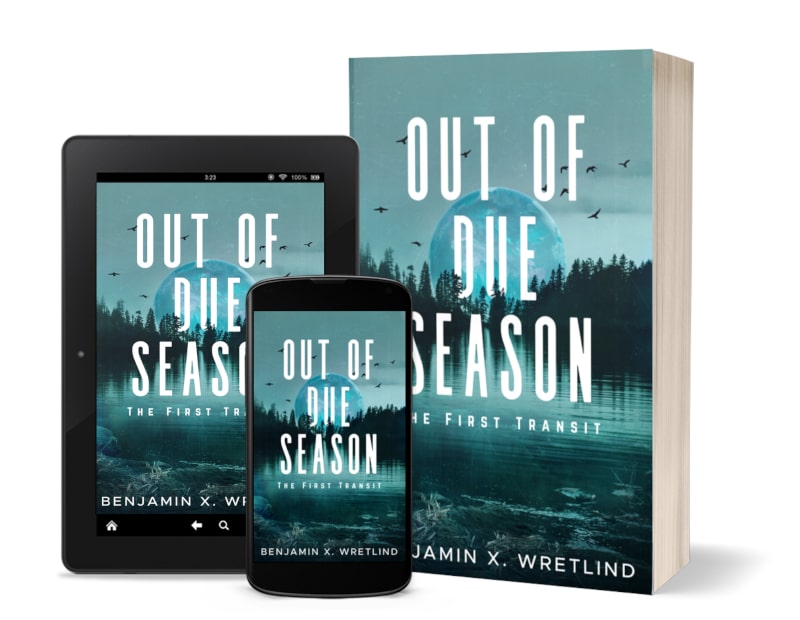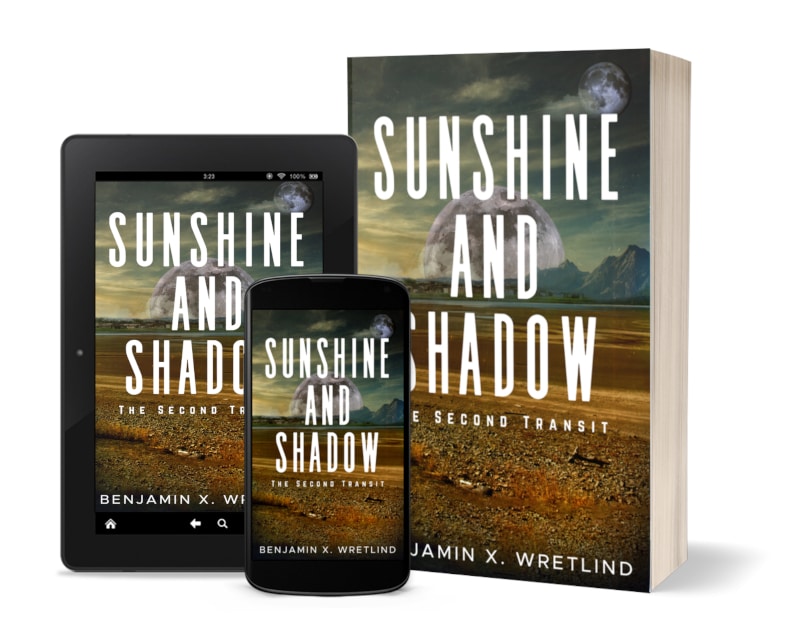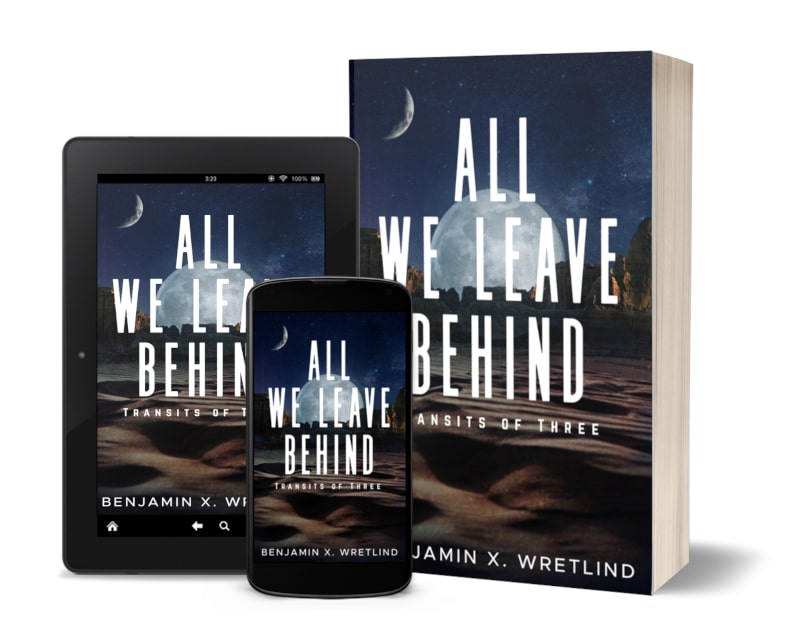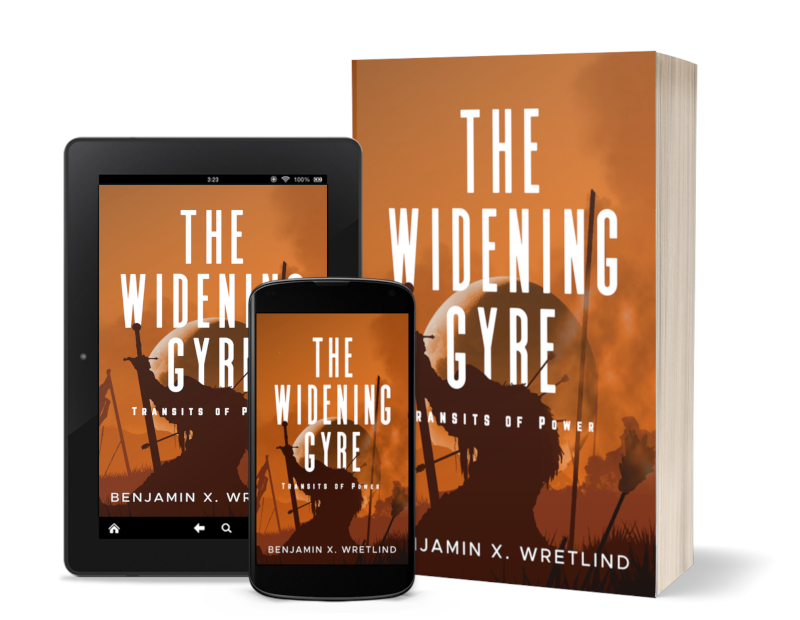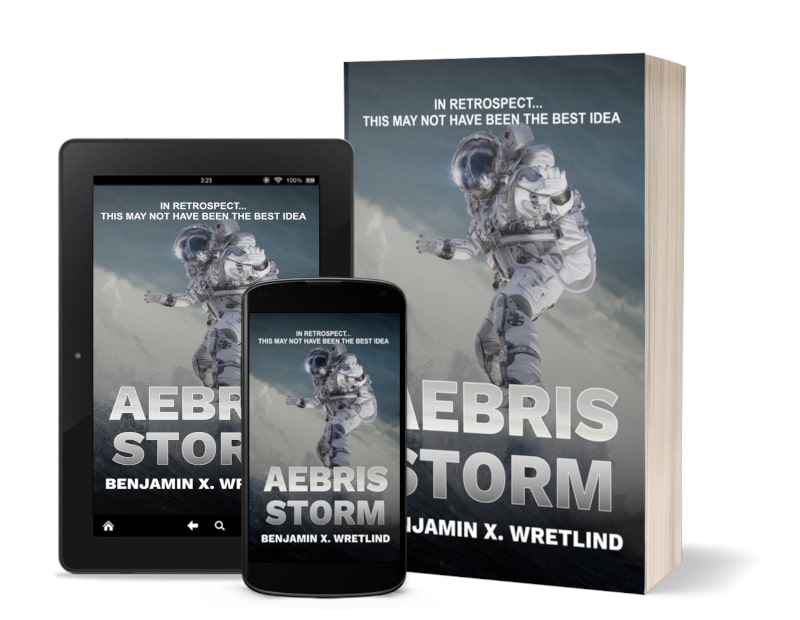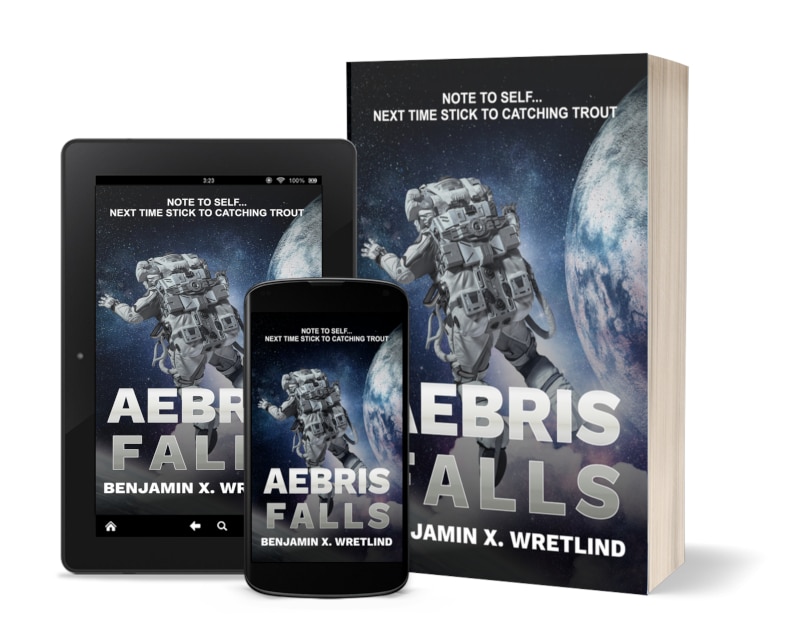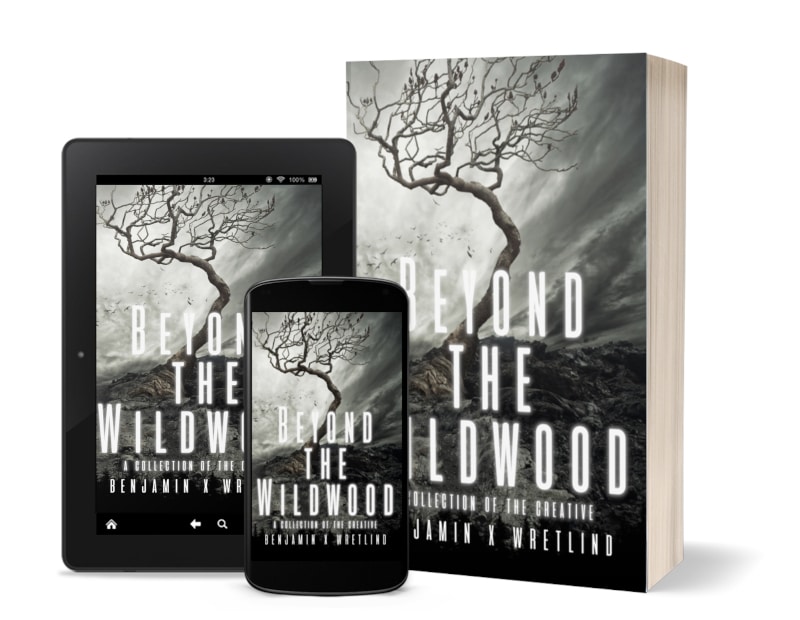On Wind & Emotion
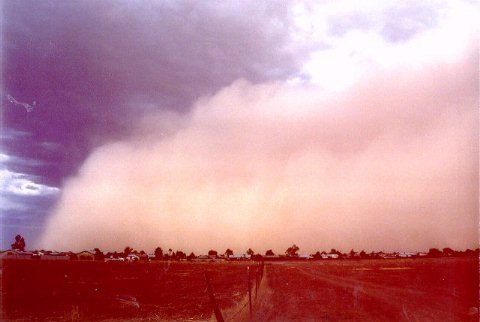
Just like clouds and emotion go hand-in-hand (with respect to literature, anyway), so does wind and emotion.
Weather, as you know, moves. That is to say those clouds you see over there will be over here later. Probably. Unless they aren’t. Then they might be somewhere else.
Wind plays a part in that movement and it can play a very important part in your settings. Wind goes up, down, around a corner and sneaks up a mountainside before falling back (and warming as it does so). Wind blows fences over. (And as I write this, there is in fact a downed fence in my backyard from a windstorm that occurred recently. I’ll need to fix that.)
After reading the following two quotes, consider what emotions the author might be attempting to convey:
“October extinguished itself in a rush of howling winds and driving rain and November arrived, cold as frozen iron, with hard frosts every morning and icy drafts that bit at exposed hands and faces.”
J.K. Rowling, Harry Potter and the Order of the Phoenix, 2003
“A cold wind was blowing out of the north, and it made the trees rustle like living things.”
George R.R. Martin, A Song of Ice and Fire, 2017
In the first, by Rowling, the word that immediately pops into my mind is “chill” (and not the good kind). It’s an anxiety-producing chill that makes me wonder what November is going to bring. The same can be said for the George R.R. Martin quote from A Song of Ice and Fire.
Cold winds bring anxiety.
Think about the following scenario (which may or may not be autobiographical):
A ten-year-old boy is sitting in the back seat of his parents van. They are on a vacation, an exciting thing to be sure. While traveling between Tucson and Phoenix, the family notices a wall of dust approaching from the west. It is huge–a gigantic billowing brown cloud–and it’s bearing down on their little van.
Knowing the appropriate thing to do in situations like this, the father moves the van under an overpass and parks. Dust storms (haboobs) are common in the deserts of Arizona, and getting caught in them while driving can be hazardous to your health (or others, if you run into them). The best thing to do is to seek shelter wherever that might be. So, with the van now parked, the boy watches from the safety of the back seat as the cloud of dust approaches. He is fascinated by the weather.
A truck driver, also knowing the appropriate thing to do in situations like this, moves his rig under the same overpass, now between the van and the approaching dust. The boy is upset. He can’t see what’s coming. He doesn’t know how long he has before the wind reaches them, and now he is anxious.
He does, however, know when the wind arrives. The big rig next to the van begins to shake violently. Eddies formed on the backside of the trailer pummel the van and it, too, rocks back and forth. The wheels feel like they’re about to come off the ground as the wind relentlessly batters the vehicles under the bridge. The trailer is sure to tip over. The boy is nervous.
The visibility drops. The boy cannot see the trailer outside the window, but he knows it’s there. The van is going to tip over. The rig is going to do the same and smash the little boy under its weight. All this is happening and it’s pitch black outside, the world swallowed up by dust. The boy is scared.
As you can see, emotion played a big role in that little story, and that emotion was driven by the wind. You can use the same weather in your own work if you want to increase anxiety, ramp up confusion, or cause your characters to lose their bearings as fear grips them.
Or you can go another way. A sea breeze, for example, can set a rather romantic mood for two lovers on a beach. However, along the Gulf Coast of the United States, sea breezes have a tendency to help create thunderstorms which are then pushed back out to sea (and over the two lovers) when the sun sets and a land breeze sets it.
Analogous to some relationships, actually.
Types of Wind
Wind has character. It can blow across open fields, up from canyon bottoms, down from thunderstorms or across mountains. As it moves, atmospheric dynamics and interactions with the terrain alter the wind and that, in turn, alters the weather. Wind can warm as it travels down a mountain heating the plains or it can push a cold dome of air off a peak and plummet the temperature in a tiny village below. It can swirl in eddies at flight level and tip planes over, or it can slam into the ground from thousands of feet up, pick up agricultural dust and spread out across a landscape wreaking havoc on the world.
In 1997, I stood on the western edge of a town and snapped the above picture of a dust wall headed for me. It was tall, maybe 1000 feet high, and moving around 40 to 45 MPH. For those unaware, dust walls like these–haboobs–are relatively common, occurring once, twice or three times a year in picturesque ways. Formed by the expulsion of the guts of thunderstorms as upward vertical motion ceases, they carry dust and grime from the land below and move outward in an ever-widening arc.
Not satisfied with seeing this wall from a distance, I put away my camera and decided to wait until it engulfed me.
FYI: agricultural dust hurts. But it was exciting!
There are a lot of different names for wind. Some of these are common, and you’ve probably heard of them once or twice. Santa Ana winds and Chinooks are two of the most common examples spoken frequently in the United States. In many cases, the dynamics behind named winds are no different. They can be katabatic (or fall) winds, anabatic (or upward moving) winds, foehn winds, boras, etc.
All over the world, winds of the same basic type are give many different names. For example, the Loo, in northern India and Pakistan is similar to the Chinook, but to get caught in one increases a person’s potential for heatstroke. Foehn winds in Central Europe have been found to increase suicide and accidents by ten percent.
It’s important to get the name right. You wouldn’t have a Santa Ana wind heat up the land in eastern Spain. There, you would need to research and find out what kind of wind that is (hint: it’s called a Ponentà).
However you use wind in your stories, consider the emotion that you want to arouse in your reader. If it’s a portending fear of what’s to come, a cold wind sure will help. If it’s excitement coupled with a fear of the present, you might want to consider a hot wind or haboob.
Click on the button below for a list of local winds and see if they would fit your story. More importantly, how could you use each to set the mood for a scene?
Learn more in Creating Atmosphere with Atmosphere: How to Use Weather as a Literary Device




